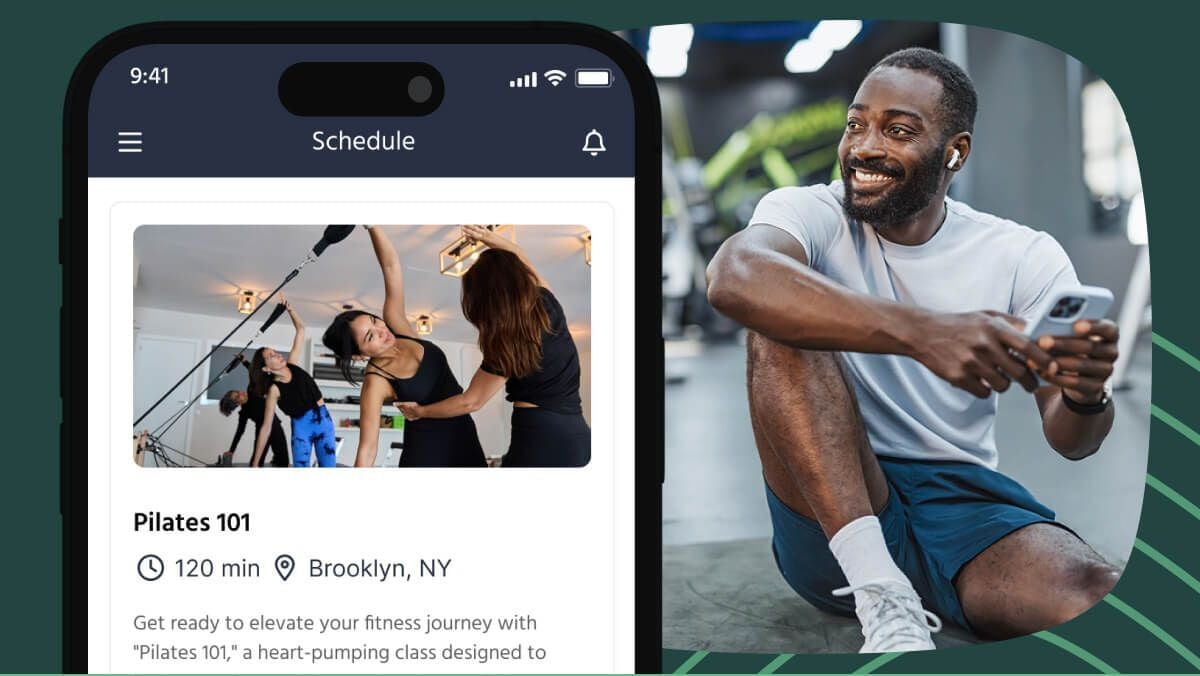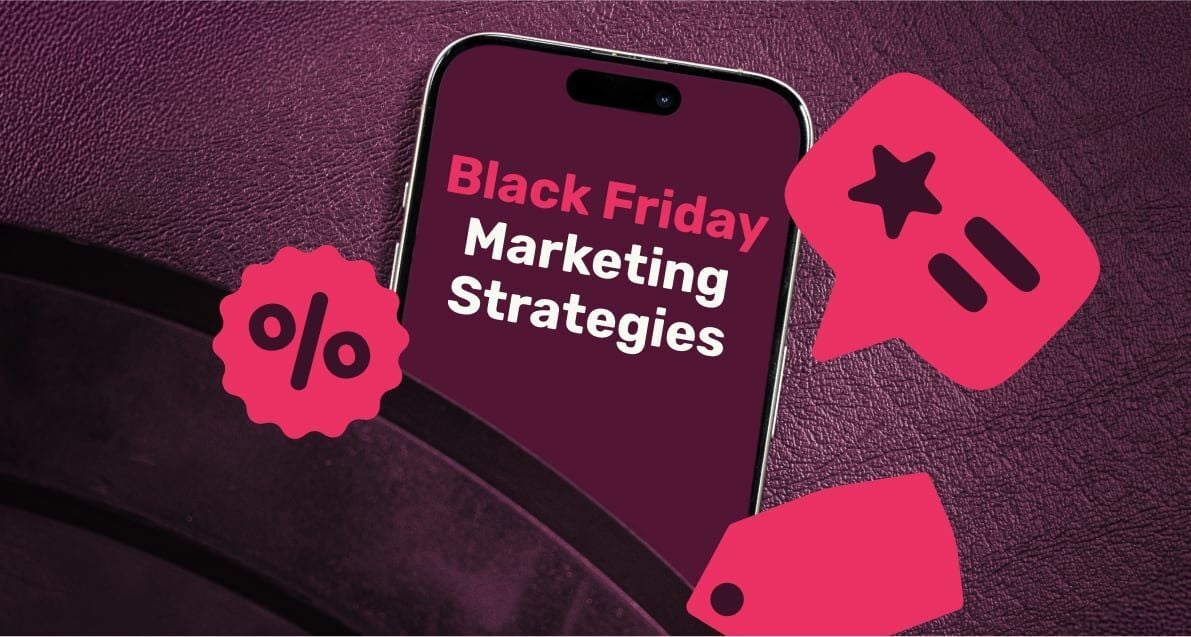Looking for ways to generate revenue and provide your class content to your customers who can't attend? Selling your on-demand videos is the best way to ensure your customers still get access to your classes and you still get paid for your services. We have put together the ultimate guide to setting up and selling your fitness content online including which TeamUp tools can help you. Here's how to get started.

Types of on-demand content
The two most common types of on-demand video content are pre-recorded workout videos and class recordings from Zoom classes. Both effective for providing your customers with content, typically fitness professionals will record separate workout videos to include in their libraries to give their clients something different to classes, but class recordings also work really well for clients who want to catch up on a class they missed. While you do not have to create the perfect videos, our production tips for online fitness content can help you get to deliver an incredible product to offer your clients. To save you some time let's explore the Zoom recording option.
Recording Zoom workouts
To make the most of your time, a quick way to create online content is by using the recording feature in Zoom. Whenever you give an online class using TeamUp's Zoom integration, you can set up your Zoom account to automatically record the classes. That way your customers will be able to have the same class experience but at a flexible time, that works for them. This also saves you the extra time it takes to record solo instructional videos. Your customers will be able to follow along and participate and ask you questions later.
Zoom recording settings
To record your Zoom workouts, all you have to do is make sure that your recording settings in Zoom are set to automatic. This ensures that if you start class and forget to hit record, your class will be automatically recorded and saved to either your local computer or your Zoom cloud. We recommend saving to your cloud so that you can have the options to both share the recording link as well as download the videos and upload them to a shareable file.
If you choose to automatically record your classes, the best practice is to let your customer know in your terms and conditions that all online classes are recorded for business usage.

You will also want to make that when recording settings are set to record all views, including the active speaker (you), gallery view (all of participants screens), and shared screen, separately. Sending your customers the active view is the easiest way for them to follow along, but you can also send the gallery view if they want to have a class-like feel.

Another good rule of thumb is to mute all the participants when they join the class. This ensures that there is no background noise in the recording and that all participants can clearly hear you both in the live class and recording.

Download or copy the shareable link
If you chose the cloud option, all of your video recordings can be found in the recording section of your Zoom account. Once you have the recordings of your classes, as mentioned, you can choose to download the videos and send them directly via email to your customers in a file using Dropbox, Google Drive, or WeTransfer, or copy and share the shareable recording link right from Zoom and add it into your On Demand library.

Selling, sharing, and telling your customers about your on-demand content
There are a few different ways that you can offer your customers your on-demand content. We recommend listing your on-demand content in your brand new On Demand library on your TeamUp customer site, but there are also some additional ways to share your content within your TeamUp dashboard.
How to protect your on-demand content so only your members can view it
We often see our customers worrying about the security of their videos once they're out on the wild, however in order to protect your content and ensure it is only viewed by your customers, there are several ways to achieve this. Your TeamUp On Demand library gives only customers with certain prepaid or recurring memberships access to view the content. If a customer does not have that membership they will not be able to view it. This allows you to see who exactly is viewing your content and if it is being viewed or shared by someone other than your customers.
Sell your content in the TeamUp On Demand content library
In your TeamUp dashboard, you can list all class recordings and curated video content in your On Demand library. While this feature is only available via memberships you can decide which prepaid and recurring membership plans can have access (all or limited) to your on-demand content which can be viewed right from your TeamUp customer site.
Uploading your videos to a third-party hosting platform to list in your TeamUp on-demand library
To sell your on-demand content in your TeamUp library you will first need a hosting platform (we recommend Vimeo as mentioned above, but you can also use Zoom for class recordings, Youtube, or another hosting platform) where you can upload and privately list your content. You will then take the website link of the hosting library and insert it into the TeamUp on-demand library tool where you can name your video, include a detailed description of the content, and apply filters and tags to make it even easier for your members to find. You will then add the membership plan that will have access to your on-demand content.
If you have multiple platforms where your on-demand content is listed all you have to do is create a new content item in the TeamUp on-demand feature and repeat the steps above. To learn step by step how to build your On Demand library, check out our guide here.

Creating a membership plan for on-demand
If you would like to create a new prepaid or recurring membership for your on-demand content all you will need to do is go about creating a membership like you would any other, and when you select which membership is required to view new content, select that membership. It's that easy. You can change and update any existing memberships to get access at any time and customise specific memberships to view certain, all, or no content.
Why Vimeo?
Vimeo is TeamUp's recommended and preferred hosting platform partner. Not only do they add an additional layer of security and make it easy for you to ensure your content is viewed only by people with access, but they also provide an additional 10% off any pro, business, or premium plan for TeamUp customers. Vimeo also has incredible storage options and using support oEmbed so that your customers can view your content right from your customer site. To learn more about TeamUp's and Vimeo's partnership, check out our support guide, here.
Sell your videos in your TeamUp store
Another place you can sell your on-demand content is within your online store. Anytime you would like to sell a video recording, you can create a new sellable item. Your customers will be able to purchase it as long it is an available item in your store. Once your customers purchase the video from your store, they will receive an automatic confirmation of purchase email from your dashboard.
This automatic email will not include the link to your video content, as it is just a confirmation of purchase. You will then need to send them an additional email with the recording link or link to a Google or Dropbox file where they can download the video to their device. If you offer multiple different videos in your store, make sure that they are clearly labelled so that you can send them the correct link after they purchase.

Send your customers a post-class notification
Sending a post-class notification from your TeamUp dashboard with a link to the class recording is one of the most common ways to share your content with your customers whether they were or were not able to make it to class. You can automatically set up post-class notifications in your dashboard that will be sent a certain amount of time after class ends.
To receive the notifications with a link to the class recording, your customer will then need to register for the classes, even if they are unable to attend. Once the class is over, your customers who were a no-show will receive a post-class notification with the recording that they can use later. (You can also set the notifications up to send the class link to customers who were able to attend so that they have a recording as well.)
A link to a class recording can be added to any TeamUp notification. However, remember that you will need to change the recording link in your notification settings for every class once it ends.

To ensure that you are not giving away class spots that would otherwise be booked, we recommend giving your classes an unlimited space size or offering your normal space and including a few extra spots. If you notice a customer is continuously registering and then no-shows, you can suggest they purchase your pre-paid plan with bulk recordings to use at their convenience.
Send a weekly round-up email
For your members who are still purchasing recurring memberships but are not coming to class regularly, you can thank them for still being loyal customers by sending them weekly emails with your class recordings from the week and a link to your On Demand library. This is the perfect way to stay connected and ensure that they have your class and video content no matter what.
To set up a weekly round-up email in TeamUp you can use the TeamUp email marketing integrations to create templates and emails that you can easily update weekly.

While online classes are the best way to make sure your customers are keeping up with their fitness journeys from home, on-demand content is a great alternative when customers can't make it to class and for clients who want additional fitness material to use at their convenience.
To learn more about the best online class resources and tools, check out our guide here. You can also find more ways to generate income outside of your classes, here.
Thanks for reading!









